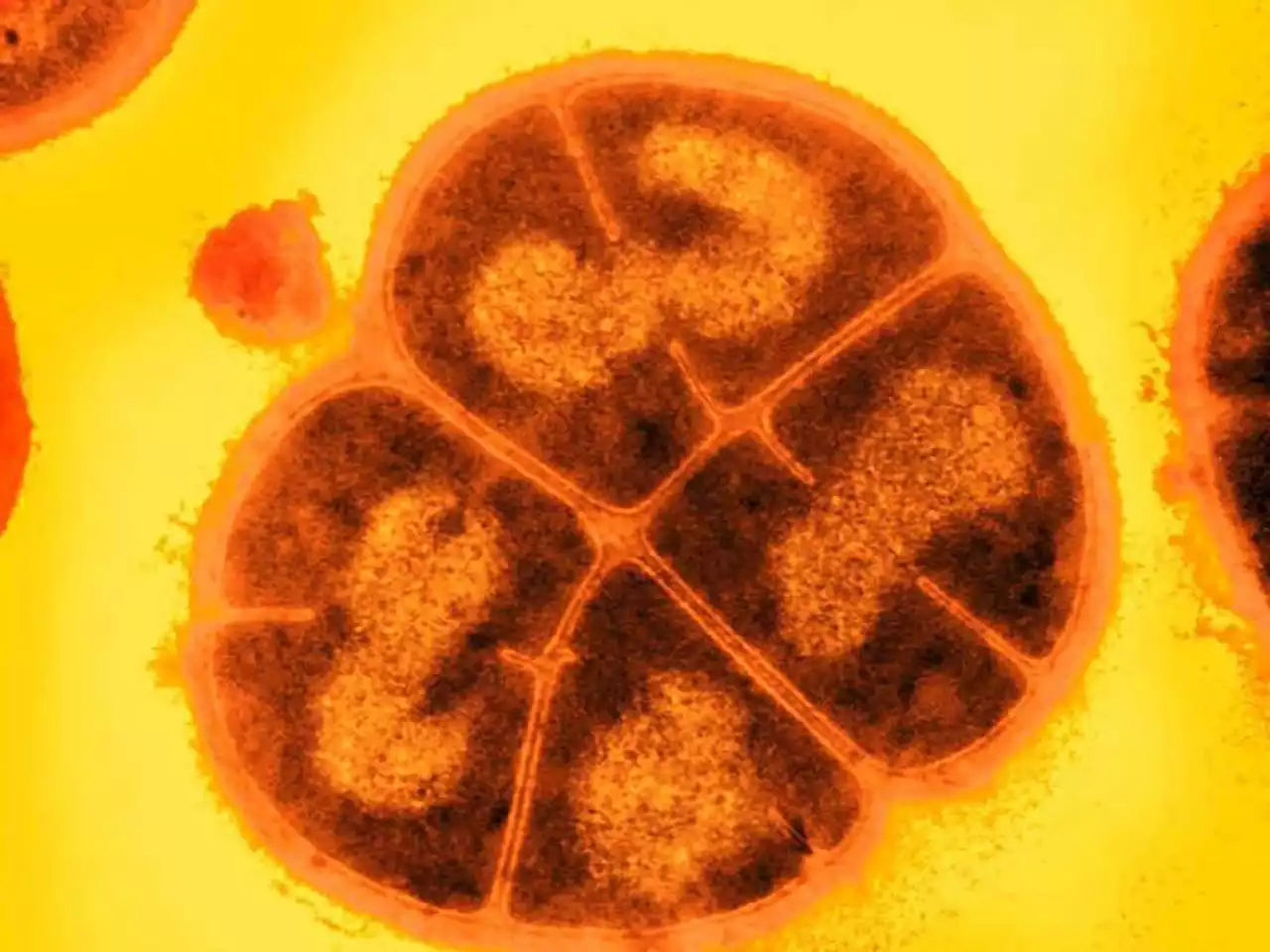A new study finds the chances of uncovering life on Mars are better than previously expected. Researchers simulated Mars’ harsh ionizing radiation conditions to see how long dried, frozen bacteria and fungi could survive. Previous studies found ‘Conan the Bacterium’ (Deinococcus radiodurans)
Mars has a harsh and unforgiving environment. The arid and freezing conditions, which average -80 degrees at mid-latitudes, make the Red Planet seem inhospitable to life. Even worse: Mars is also constantly bombarded by intense galactic cosmic radiation and solar protons.
“There is no flowing water or significant water in the Martian atmosphere, so cells and spores would dry out,” Hoffman said. “It also is known that the surface temperature on Mars is roughly similar to dry ice, so it is indeed deeply frozen.” Then, Hoffman’s team at Northwestern used an advanced spectroscopy technique to measure the accumulation of manganese antioxidants in the radiated microorganisms’ cells. According to Hoffman, the size of the radiation dose that a microorganism or its spores can survive correlates with the amount of manganese antioxidants it contains. Therefore, more manganese antioxidants means more resistance to radiation — and more enhanced survival.
Although Conan the Bacterium could only survive for a few hours at the surface while bathed in ultraviolet light, its lifetime improves dramatically when its shaded or located directly below Mars’ surface. Buried just 10 centimeters below the Martian surface, Conan the Bacterium’s survival period increases to 1.5 million years. And, when buried 10 meters down, the pumpkin-colored bacterium could survive a whopping 280 million years.
